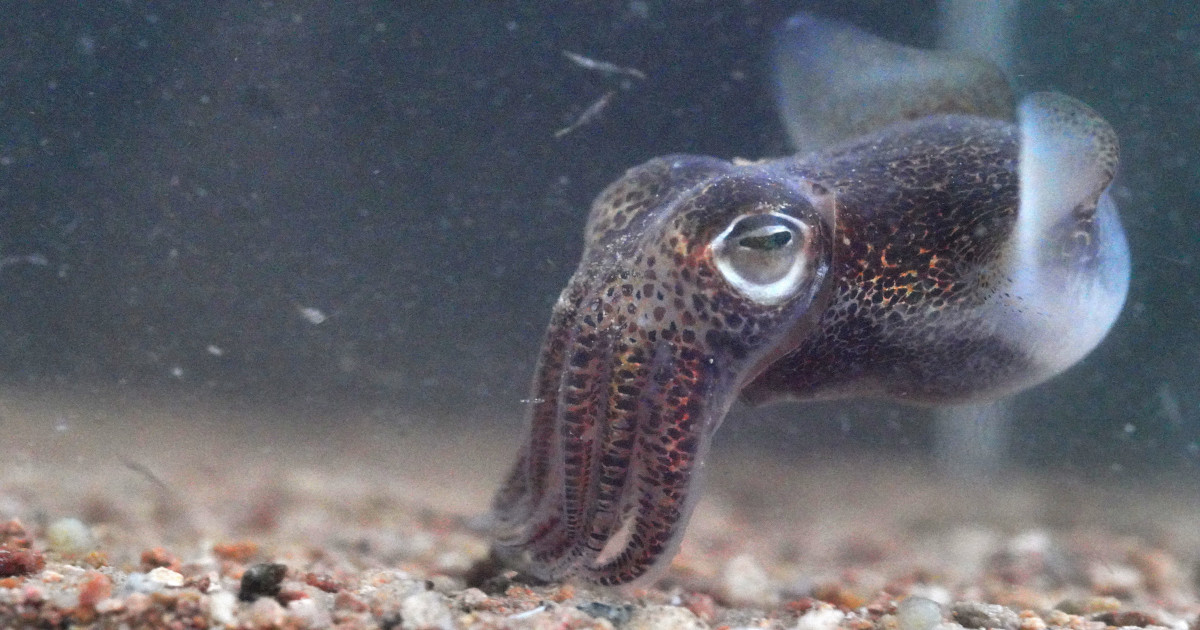- 2.1Impact Factor
- 4.0CiteScore
- 18 daysTime to First Decision
Taxonomy, Biology and Evolution of Cephalopods
This special issue belongs to the section “Marine Diversity“.
Special Issue Information
Dear Colleagues,
Cephalopods are known as intelligent invertebrates, having evolved a complex nervous system and an extraordinary coloration strategy that can serve as means of camouflage and communication. The Cephalopoda comprises more than 800 known species in two extant subclasses: Coleoidea, which includes octopus, squid, cuttlefish; and Nautiloidea, which are often considered “living fossils”. Animals in this class have also adapted to various environments, from tropics to the polar regions, from pelagic to the benthic habitats, from surface waters to the deep seas. Considering their remarkable innovations in body plan and evolution, we present this Special Issue to collect the new studies and advances in understanding the diversity and the biology of cephalopods. The scope includes, but is not limited to, the following aspects: taxonomy, species diversity, population genetics, conservation, evolutionary history, and behavioral biology.
Prof. Dr. Xiaodong Zheng
Dr. Ran Xu
Guest Editors
Manuscript Submission Information
Manuscripts should be submitted online at www.mdpi.com by registering and logging in to this website. Once you are registered, click here to go to the submission form. Manuscripts can be submitted until the deadline. All submissions that pass pre-check are peer-reviewed. Accepted papers will be published continuously in the journal (as soon as accepted) and will be listed together on the special issue website. Research articles, review articles as well as short communications are invited. For planned papers, a title and short abstract (about 250 words) can be sent to the Editorial Office for assessment.
Submitted manuscripts should not have been published previously, nor be under consideration for publication elsewhere (except conference proceedings papers). All manuscripts are thoroughly refereed through a single-blind peer-review process. A guide for authors and other relevant information for submission of manuscripts is available on the Instructions for Authors page. Diversity is an international peer-reviewed open access monthly journal published by MDPI.
Please visit the Instructions for Authors page before submitting a manuscript. The Article Processing Charge (APC) for publication in this open access journal is 2100 CHF (Swiss Francs). Submitted papers should be well formatted and use good English. Authors may use MDPI's English editing service prior to publication or during author revisions.
Keywords
- cephalopods
- taxonomy
- biodiversity
- conservation
- ecology
- evolution
- genetics

Benefits of Publishing in a Special Issue
- Ease of navigation: Grouping papers by topic helps scholars navigate broad scope journals more efficiently.
- Greater discoverability: Special Issues support the reach and impact of scientific research. Articles in Special Issues are more discoverable and cited more frequently.
- Expansion of research network: Special Issues facilitate connections among authors, fostering scientific collaborations.
- External promotion: Articles in Special Issues are often promoted through the journal's social media, increasing their visibility.
- e-Book format: Special Issues with more than 10 articles can be published as dedicated e-books, ensuring wide and rapid dissemination.

